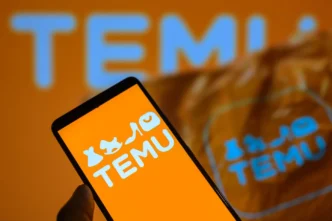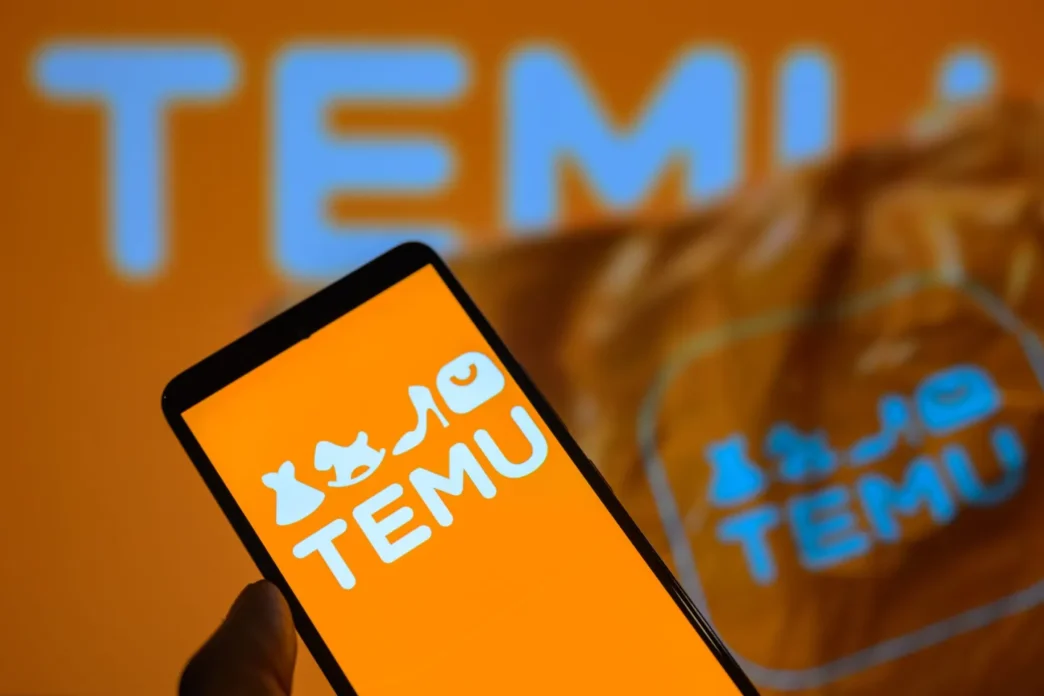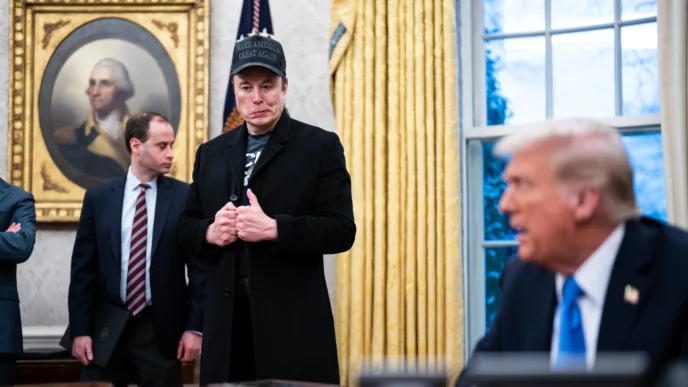As tensions between the US and China escalate, Temu and Shein are accelerating their push into European markets, aiming to diversify revenue streams amid fears of renewed tariffs under a potential second Trump administration. However, analysts warn that despite aggressive European campaigns, neither company can afford to abandon its lucrative American stronghold, where low-cost goods and digital agility have fueled explosive growth.
The urgency stems from Donald Trump’s threat to impose new tariffs on Chinese imports, which could upend the economics of fast fashion and discount retail that both firms rely on. For years, Temu and Shein have leveraged China’s manufacturing prowess and the US’s “de minimis” exemption—a policy allowing tax-free imports of packages valued under $800—to flood American consumers with ultra-cheap apparel, electronics, and homeware. “This model thrives on scale,” noted a Shanghai-based supply chain expert. “Even a small tariff could erode margins or force price hikes that alienate budget-conscious shoppers”.
To hedge risks, both companies are investing heavily in Europe, where regulatory scrutiny and consumer preferences pose unique challenges. Temu has launched localized marketing campaigns in Germany and France, while Shein has expanded partnerships with EU-based suppliers to reduce delivery times and comply with stricter sustainability laws. Yet, European markets demand higher quality and ethical sourcing standards, complicating their low-cost playbook. “Consumers here won’t tolerate flimsy trends,” said a Berlin-based fashion analyst. “Brands must balance affordability with durability”.
The dual strategy mirrors broader patterns among Chinese exporters. Huang Lun, a Guangzhou-based manufacturer supplying Shein and Amazon, described his company’s scramble to diversify: “Seventy percent of our sales are in the US, but we’re racing to tap Europe and Australia before tariffs hit” [[web_search:1]]. His story reflects a wider industry trend, with thousands of SMEs依托 digital platforms to bypass traditional retail gatekeepers—a tactic that fueled China’s rise as the world’s largest e-commerce exporter .
Yet, Europe’s fragmented regulatory landscape complicates replication of the US success. The EU’s Digital Services Act and proposed carbon tariffs demand costly compliance measures, while logistical hurdles—such as slower customs clearance—threaten the speed that defines fast fashion. Meanwhile, American shoppers remain hooked on sub-$10 leggings and gadgets, with Shein alone reportedly selling 3 million daily orders in the US.
For now, Temu and Shein tread a delicate line: expanding into markets with tighter rules while safeguarding their American dominance. “The US is too big to quit, but overreliance is risky,” said a Hong Kong trade consultant. “Their survival hinges on agility—navigating tariffs at home while winning trust abroad”.
As geopolitical winds shift, the e-commerce titans face a defining test: Can they become truly global players without sacrificing the formula that made them giants in the first place? The answer may reshape the future of cross-border trade—and the battle for the $5 T-shirt













